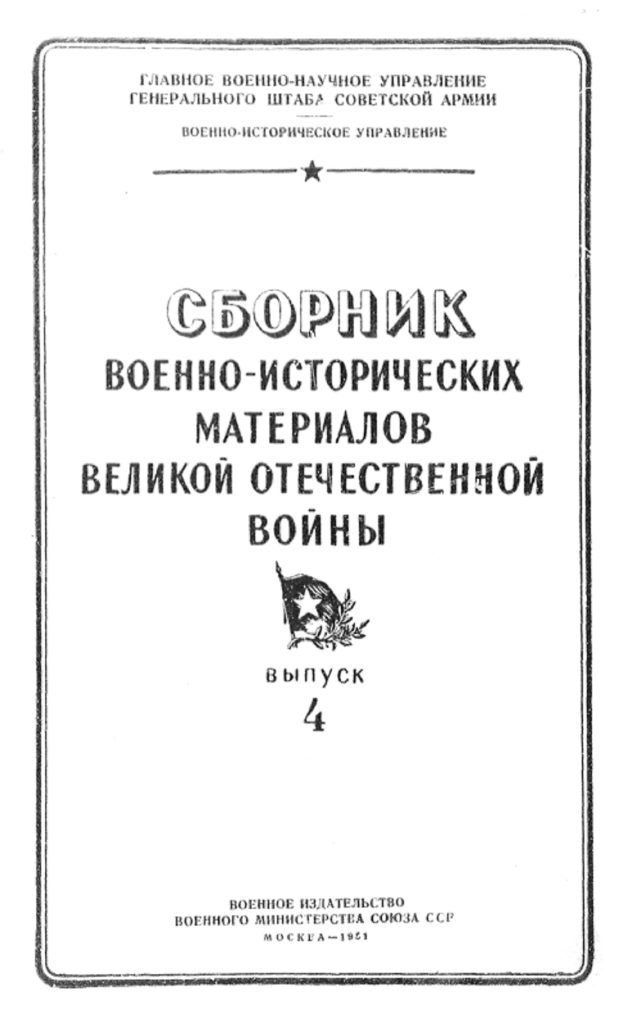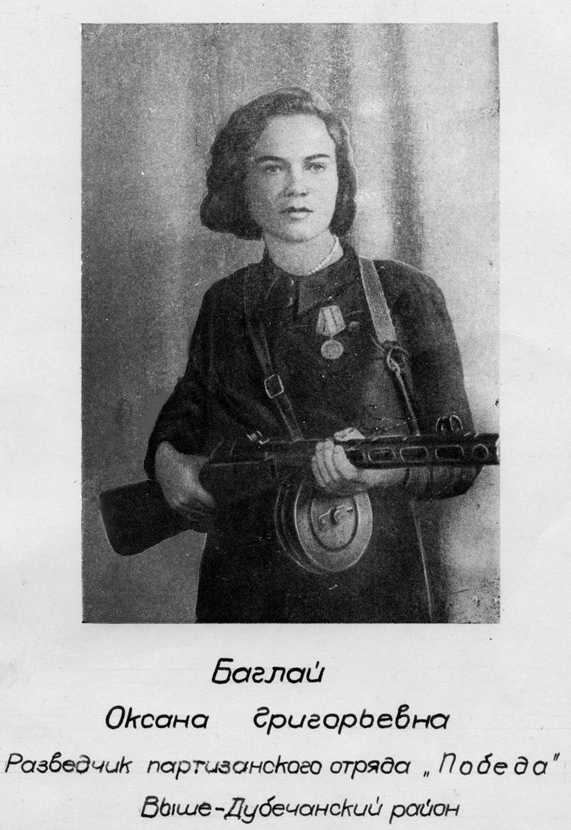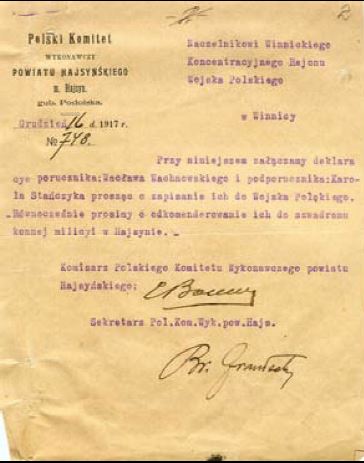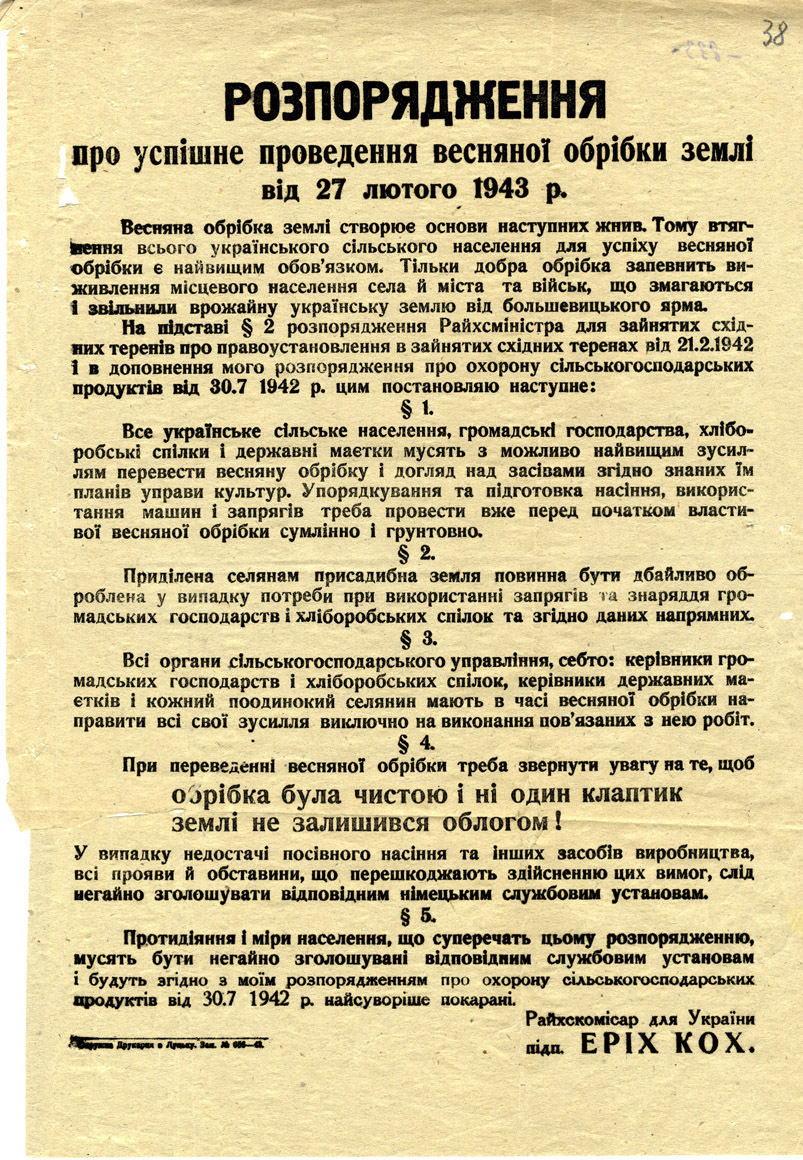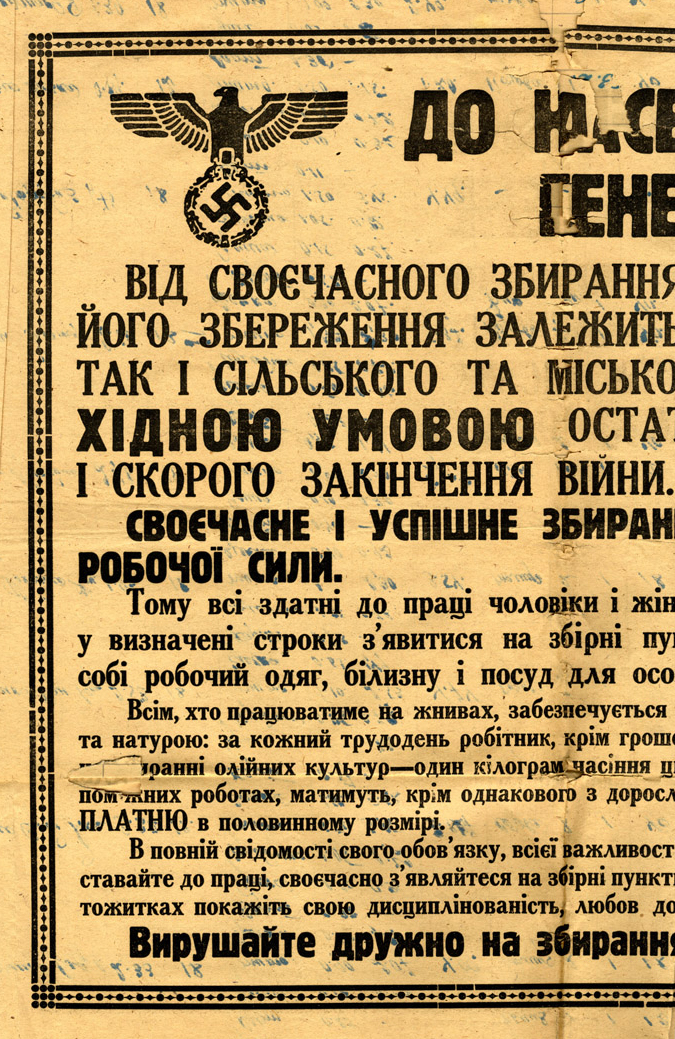East View Research Collections
Military Studies
East View produces a variety of valuable collections for researchers and graduate-level students interested in military studies. Covering nearly the entire 20th century, the collections include materials on combat operations, military force posture, strategy and tactics, military personnel, and infamous battles (Kursk, Leningrad, etc.). Also available are documents on Russian/Soviet wars with Japan and Finland. Researchers will find new insights and rare documents on military campaigns waged by Russian and Soviet forces, especially those concerning the epochal Great Patriotic War of 1941-1945. Collections are available online, in full-image, text-searchable files, providing researchers with convenient access to rare, primary source materials. See below for detailed collection descriptions; please inquire for pricing and availability.
